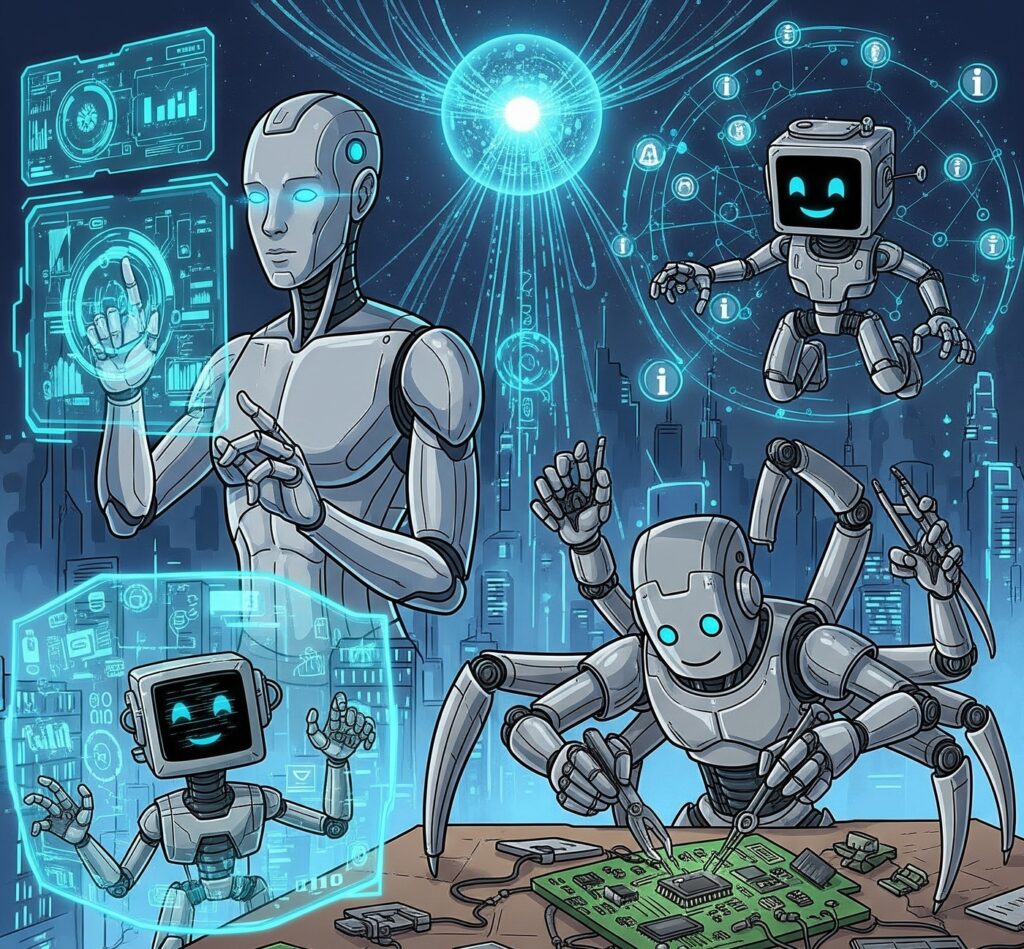
AI agents, huh? Ever asked ChatGPT to write a snappy email or help brainstorm a blog post—and wondered how it actually works? You’re not alone. AI tools are everywhere now, but the buzzwords—AI agents, workflows, RAG and ReAct can feel like alphabet soup. If you’re not a coder, it’s easy to feel like you missed the memo.
But here’s the good news! You don’t need a computer science degree to understand what’s going on behind the scenes. You just need the right breakdown. So, let’s strip away the jargon and walk through the three levels of AI, ie, Large Language Models (LLMs), AI workflows, and the real game-changer—AI agents.
By the end, you’ll not only know what an AI agent is, you’ll see how it’s quietly reshaping how you work, create, and get things done.
Level 1: Large Language Models (LLMs)—Your Text-Generating Sidekick
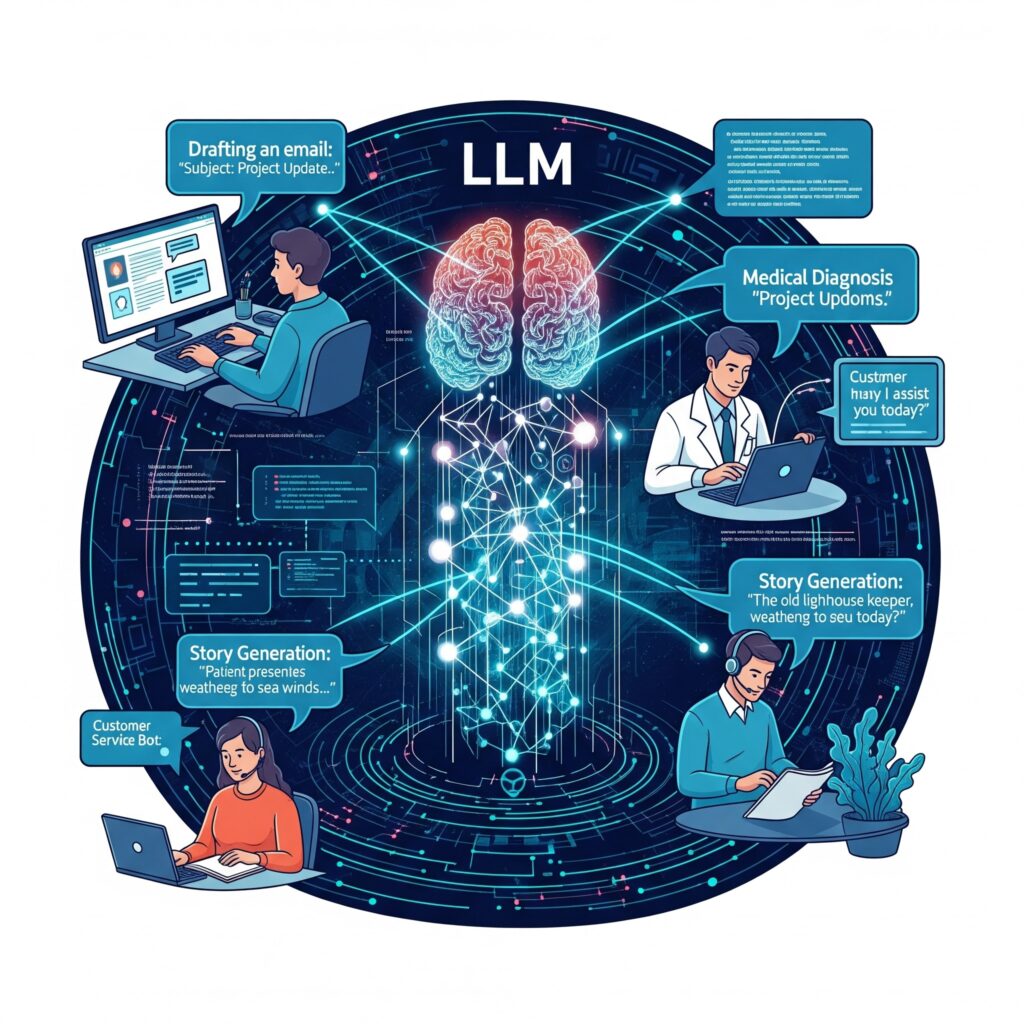
Picture this! You type “Can you write a polite email asking for a coffee chat?” and boom—ChatGPT hands you a perfectly worded message.
That’s the magic of a Large Language Model (LLM). It’s like a supercharged autocomplete that understands context, tone, and intent.
Here’s the basic formula:
- You give it a prompt → It gives you a response.
But don’t be fooled—LLMs aren’t mind readers. They don’t know your calendar, your files, or what you had for breakfast. And they won’t lift a finger unless you ask. They’re reactive, not proactive.
So if you say, “When’s my next coffee chat?” it’ll shrug (metaphorically) because it doesn’t know your schedule. That’s where AI workflowscome in and where things start to get interesting.
🔄 Level 2: AI Workflows—Automations with a Script
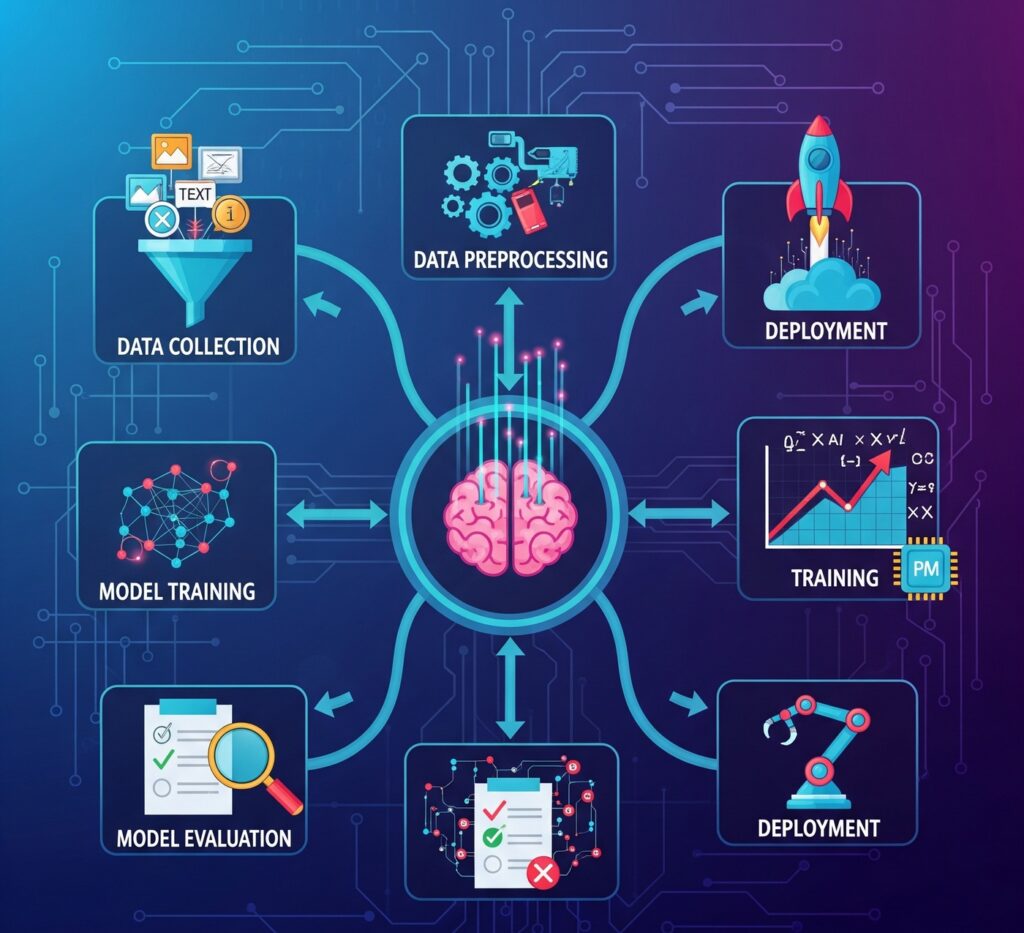
Now imagine you’ve set up a system where your AI checks your Google Calendar before answering.
You ask, “When’s my coffee chat with John Doe?” and it pulls the exact date. That’s an AI workflow in action.
Think of it like a recipe:
- Check calendar.
- Return the date.
Simple, right? But here’s the snag! Workflows are rigid. If you ask, “What’s the weather on this or that day?”—it flops. Why? Because it wasn’t programmed to check the weather.
You can stack more steps—like pulling weather data or reading the info aloud—but the AI still needs you to call the shots. It doesn’t think or adapt. It just follows instructions.
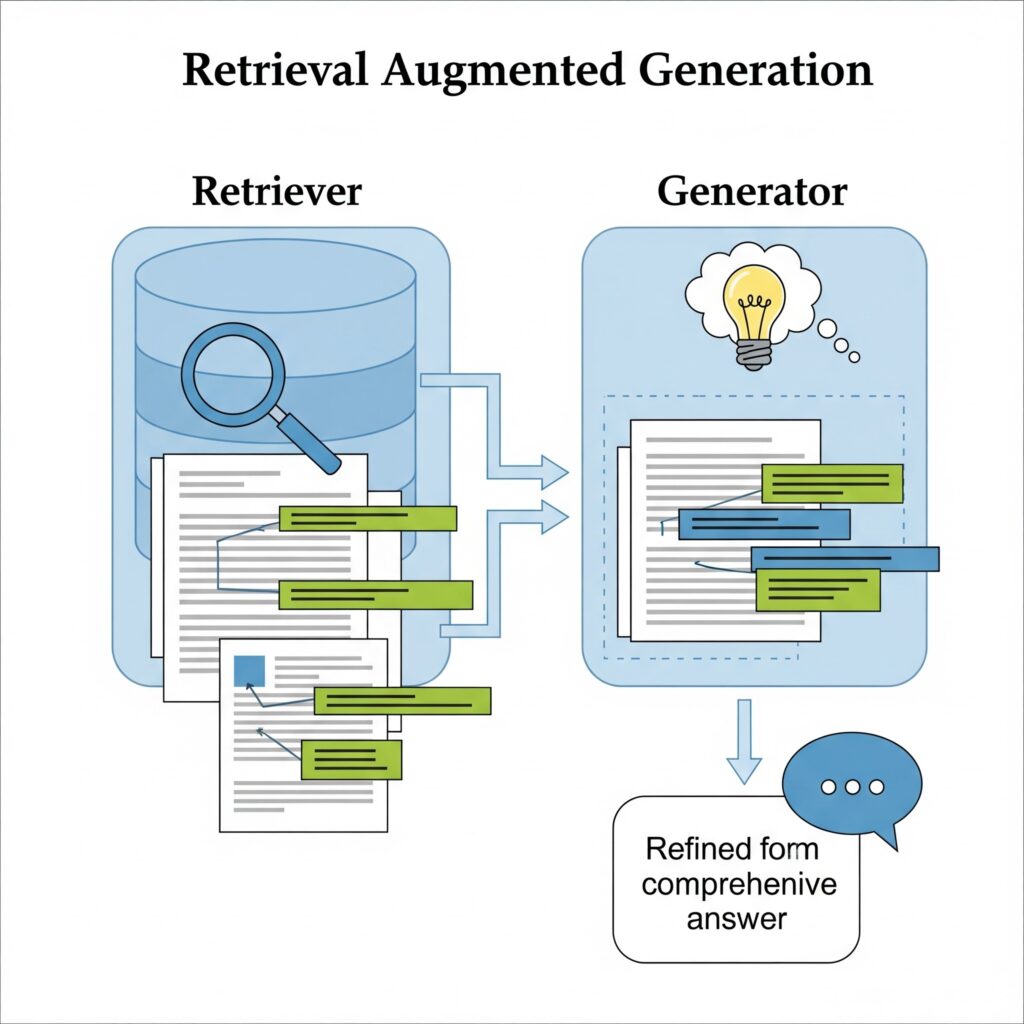
Retrieval-Augmented Generation (RAG) is just a fancy way of saying the AI looks stuff up before answering. It’s still part of a workflow, just not full-blown autonomy.
So, what happens when you want your AI to think for itself? That’s where agents come in.
Level 3: AI Agents—Your Autonomous Digital Teammate
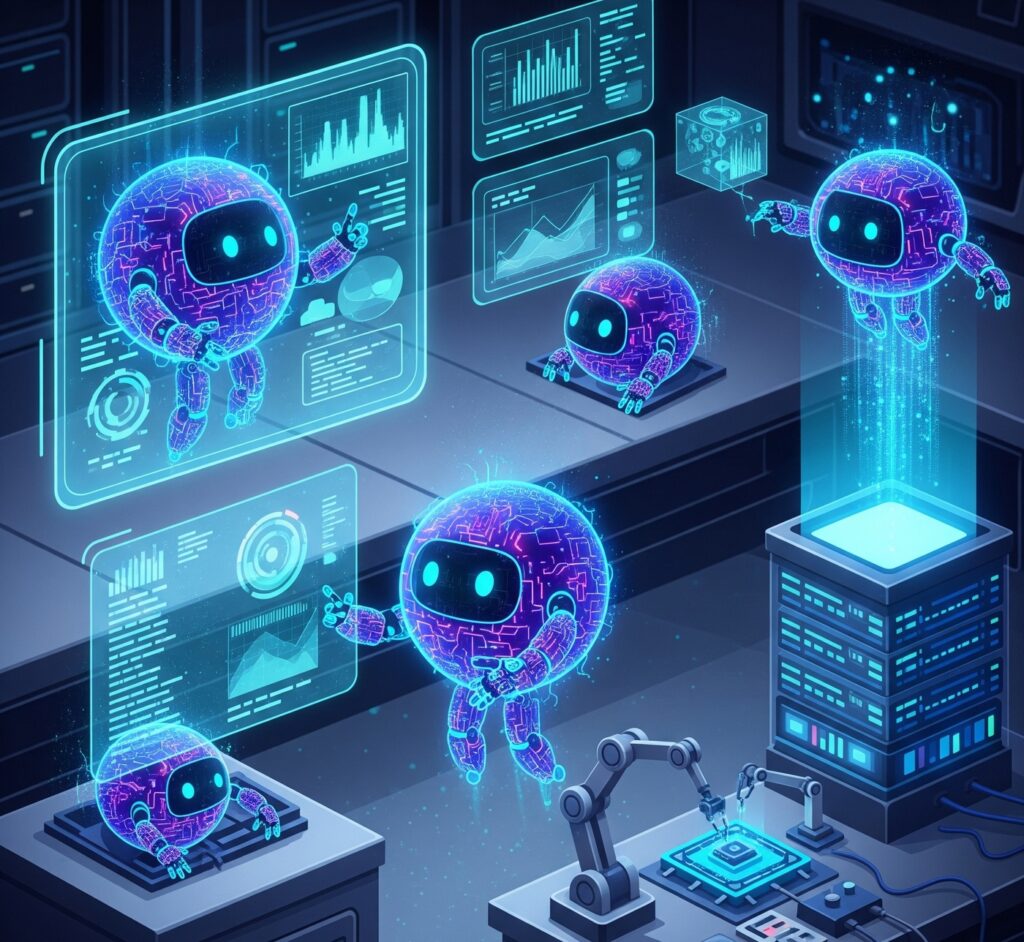
Here’s the leap – an AI agent doesn’t just follow steps. It decides which steps to take, how to take them, and when to tweak them. You give it a goal, and it figures out the rest.
Let’s say you want to automate your LinkedIn content. A workflow might pull news, summarize it, and draft a post. But if the post isn’t funny enough, you have to fix it.
An AI agent, on the other hand:
- Reasons: “What’s the best way to find trending news?”
- Acts: Uses Google Sheets, Perplexity, and Claude to get it done.
- Iterates: Reviews its own post, rewrites it, and polishes until it nails the tone.
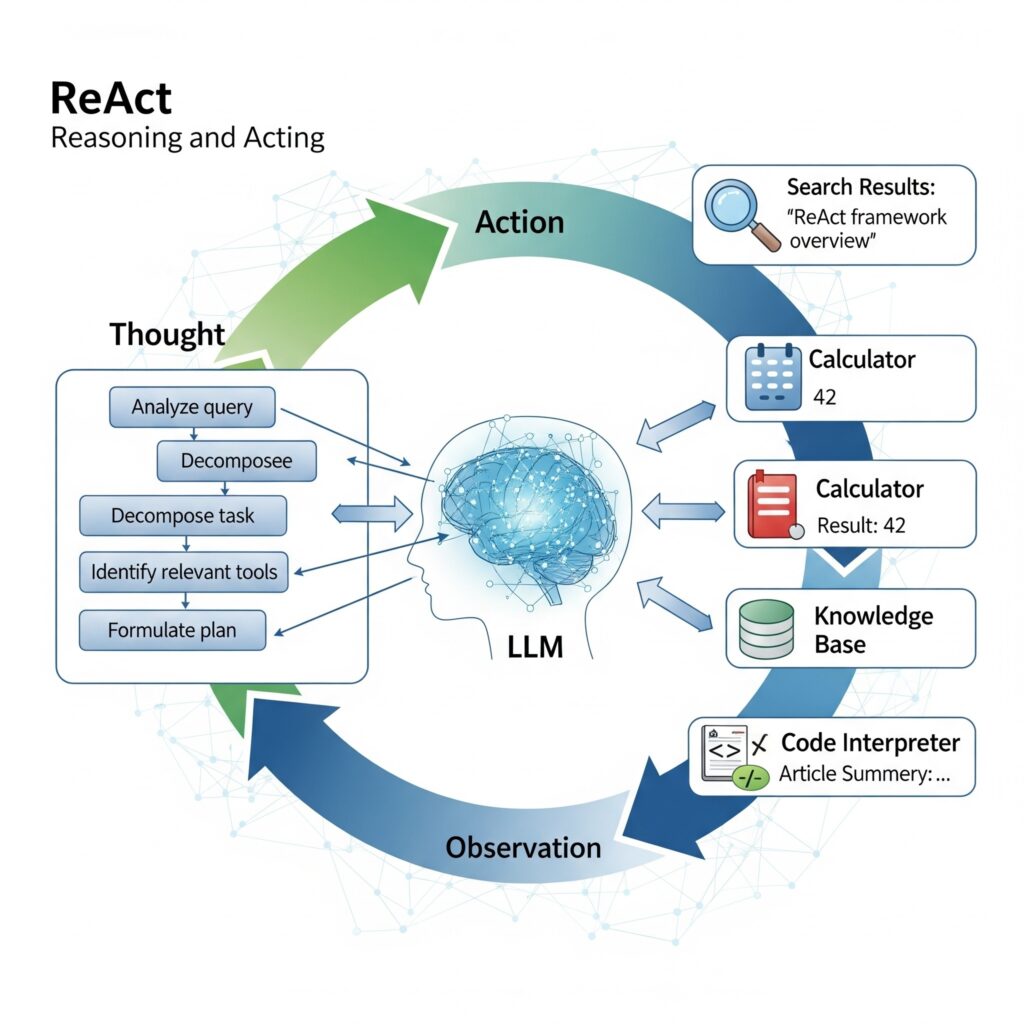
That’s the ReAct framework in action—reasoning + acting. It’s like giving your AI a brain and a pair of hands.
And yes, this is real. Autonomous AI isn’t sci-fi anymore—it’s quietly powering tools you use every day.
🕶️ Real-World AI Agent Examples That’ll Blow Your Mind
Let’s zoom out and look at how AI agents are already making moves:
- 🎿 AI Vision Agent: In a demo by Andrew Ng, an agent scans video clips to find footage of a skier. No manual tagging. It reasons what a skier looks like, searches the files, and delivers the goods.
- 📣 Marketing Automation Agent:Instead of you tweaking prompts for hours, the agent drafts, critiques, and refines social posts—on autopilot. That’s hours saved and creativity unleashed.
- 📅 Personal Productivity Agent:You say, “Plan my week.” It checks your calendar, schedules tasks, balances work and rest, and adjusts until it feels just right. Like a digital life coach that never sleeps.
These agents aren’t just tools—they’re teammates. And they’re changing the game for creators, businesses, and everyday users alike.
Why AI Agents Matter—And Why You Should Care
Here’s the bottom line: AI agents shift the vibe from “helpful tool” to “thinking partner.” They don’t just wait for instructions—they take initiative.
That means:
- Businesses can automate complex tasks without micromanaging.
- Creators can focus on strategy while agents handle the grunt work.
- You get closer to having a digital assistant that actually thinks and acts for you.
It’s not just about saving time—it’s about unlocking new levels of productivity and creativity.
🧩 Wrapping It Up
Let’s break it down one last time:
- LLMs: Great at generating text, but passive.
- Workflows: Handy automations, but stiff and human-dependent.
- AI Agents: Autonomous AI systems that reason, act, and iterate.
So next time someone drops terms like “RAG” or “ReAct,” you’ll know they’re just frameworks that help AI think and do. And when you hear “AI agent,” picture a digital teammate that doesn’t just follow orders—it makes decisions.
AI agents aren’t coming soon—they’re already here. And they’re quietly reshaping how you live, work, and create.
If you’re ready to use AI agents to boost productivity, business and income growth, here’s what I recommend, 👉 AI Agents.